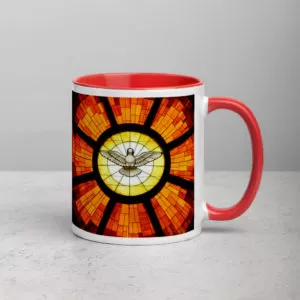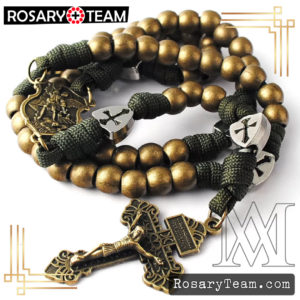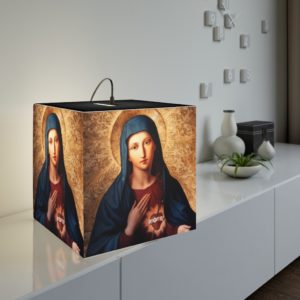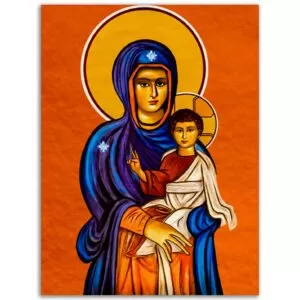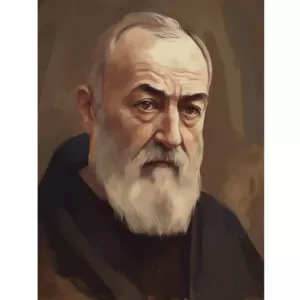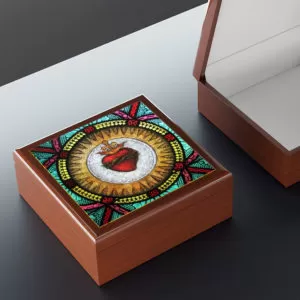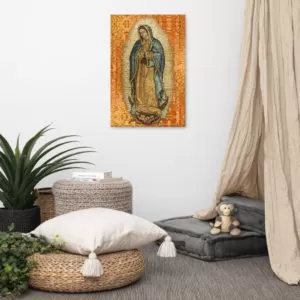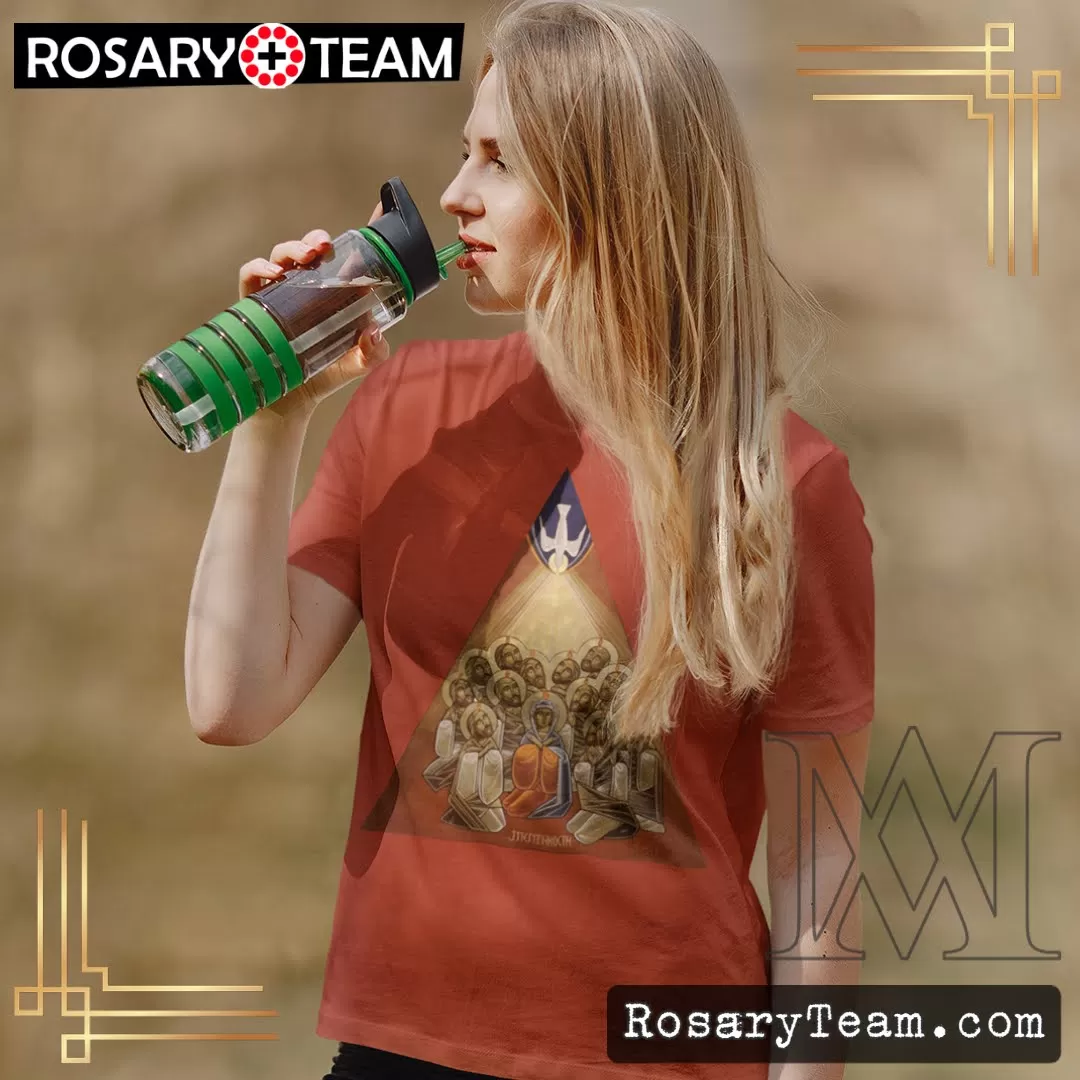Friday, April 21 : Saint John-Paul II

There is no doubt that the most evident dimension of the Eucharist is that it is a meal. The Eucharist was born, on the evening of Holy Thursday, in the setting of the Passover meal. Being a meal is part of its very structure. “Take, eat… Then he took a cup and… gave it to them, saying: Drink from it, all of you” (Mt 26:26, 27). As such, it expresses the fellowship which God wishes to establish with us and which we ourselves must build with one another. Yet it must not be forgotten that the Eucharistic meal also has a profoundly and primarily sacrificial meaning. In the Eucharist, Christ makes present to us anew the sacrifice offered once for all on Golgotha. Present in the Eucharist as the Risen Lord, he nonetheless bears the marks of his passion, of which every Mass is a “memorial”, as the Liturgy reminds us in the acclamation following the consecration: “We announce your death, Lord, we proclaim your resurrection…”. At the same time, while the Eucharist makes present what occurred in the past, it also impels us towards the future, when Christ will come again at the end of history. This “eschatological” aspect makes the Sacrament of the Eucharist an event that draws us into itself and fills our Christian journey with hope. All these dimensions of the Eucharist come together in one aspect which more than any other makes a demand on our faith: the mystery of the “real” presence. With the entire tradition of the Church, we believe that Jesus is truly present under the Eucharistic species… It is precisely his presence which gives the other aspects of the Eucharist — as meal, as memorial of the Paschal Mystery, as eschatological anticipation — a significance which goes far beyond mere symbol- ism. The Eucharist is a mystery of presence, the perfect fulfilment of Jesus’ promise to remain with us until the end of the world.
Roman Catholic Ordinary Calendar – rosary,team



